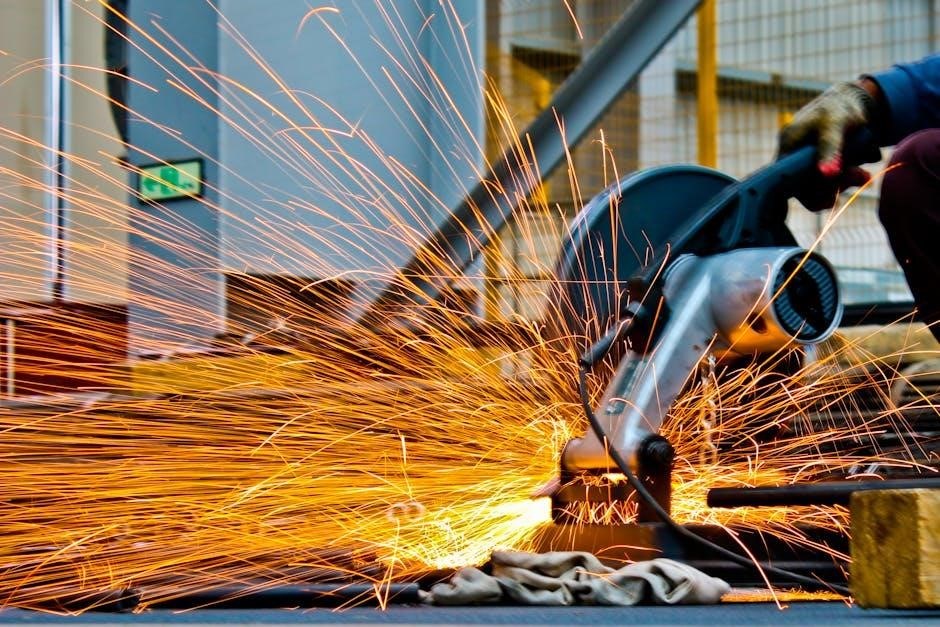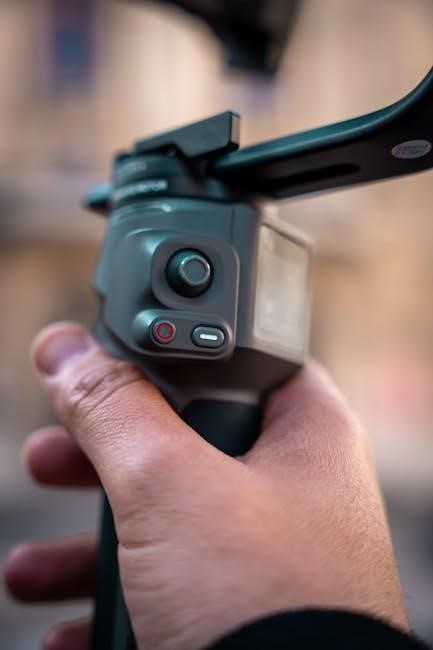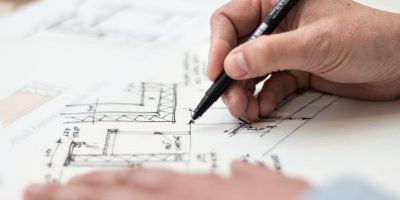Autotrol 255 Manual: A Comprehensive Guide
Welcome! This comprehensive guide provides essential information for effectively utilizing the Autotrol 255 valve․ Whether for water softening or filtration‚ this manual aims to simplify installation‚ programming‚ troubleshooting‚ and maintenance‚ ensuring optimal performance and longevity of your system․
The Autotrol 255 series represents a line of robust and reliable control valves designed for various water treatment applications․ Notably used in water softening and filtration systems‚ these valves are engineered for simplicity and longevity․ Built with durable NORYL construction‚ the Autotrol 255 aims to offer users an appliance that provides years of trouble-free operation․
This series combines ease of use with dependable performance․ The design minimizes potential issues‚ ensuring uninterrupted service․ However‚ should maintenance become necessary‚ the Autotrol 255 is designed for straightforward servicing‚ with readily available replacement parts obtainable from authorized dealers․
The Autotrol 255 is suitable for residential and commercial settings‚ offering solutions for diverse water conditioning needs․ Its adaptability makes it a preferred choice for those seeking a balance between efficient operation and long-term reliability․ Understanding the core features of this series is the first step in maximizing its potential within your water treatment setup․ This manual will guide you through the specifics․
Autotrol 255 Applications: Water Softening and Filtration
The Autotrol 255 series shines in its versatility‚ finding primary applications in both water softening and filtration systems․ In water softening‚ the Autotrol 255 valve precisely manages the regeneration cycles‚ ensuring efficient removal of hardness minerals like calcium and magnesium․ This leads to softer water‚ preventing scale buildup in pipes and appliances‚ and improving the effectiveness of soaps and detergents․

For filtration applications‚ the Autotrol 255 controls backwashing cycles‚ removing accumulated sediment‚ debris‚ and other particulate matter from the filter media․ This process maintains optimal filter performance and extends the lifespan of the filtration system․ The valve’s reliable operation ensures consistent water quality‚ whether dealing with sediment‚ chlorine‚ or other contaminants․
The Autotrol 255’s adaptability makes it a popular choice for various water treatment needs․ Its ability to handle different flow rates and media types allows it to be integrated into diverse systems‚ from small residential setups to larger commercial installations․ Understanding these applications is key to harnessing the full potential of the Autotrol 255 valve․

Understanding the Autotrol 255 Valve Components
To effectively operate and maintain an Autotrol 255 system‚ grasping the function of its core components is crucial․ The valve body‚ typically constructed from durable Noryl‚ houses the internal mechanisms that control water flow during service‚ backwash‚ and regeneration cycles․ The piston assembly‚ a central moving part‚ directs water through different pathways within the valve body based on the selected cycle․
The timer or controller‚ often a Logix series model‚ dictates the timing and sequence of these cycles․ It allows users to program regeneration frequency and duration․ The injector assembly creates the necessary suction for drawing brine during regeneration in water softening applications․ Various ports connect the valve to the resin tank‚ brine tank‚ and water supply lines․
Understanding how these parts interact is essential for troubleshooting and performing maintenance․ Each component plays a vital role in the overall system operation‚ ensuring efficient water softening or filtration․ Familiarity with the components empowers users to diagnose issues and implement solutions‚ prolonging the life of the Autotrol 255 valve and the entire water treatment system․
Installation Guide for Autotrol 255 Systems

Proper installation is paramount to the performance and longevity of your Autotrol 255 system․ Begin by carefully selecting a suitable location that provides adequate space‚ proper drainage‚ and protection from extreme temperatures․ Ensure the incoming water supply meets the system’s pressure and flow rate requirements‚ consulting the technical specifications for precise values․
Before connecting any plumbing‚ flush the supply lines to remove debris․ Connect the Autotrol 255 valve to the resin tank‚ brine tank (if applicable)‚ and inlet/outlet water lines‚ using appropriate fittings and ensuring watertight seals․ Follow the manufacturer’s recommendations for pipe sizing and materials to prevent flow restrictions or leaks․
Securely mount the valve and tanks to prevent movement or vibration․ Verify that the drain line is properly routed to an appropriate discharge point‚ complying with local plumbing codes․ After completing the plumbing connections‚ slowly introduce water into the system‚ checking for leaks at all joints and connections․ Once the system is leak-free‚ proceed to the programming stage‚ carefully following the instructions in the “Programming the Autotrol 255 Controller” section․
Programming the Autotrol 255 Controller (Logix Series)
The Autotrol 255‚ often paired with the Logix series controller‚ offers programmable settings for efficient water treatment․ Begin by familiarizing yourself with the Logix controller interface‚ typically featuring a digital display and buttons for navigation and parameter adjustment․ Access the programming mode by pressing and holding the designated button(s)‚ as indicated in your specific Logix controller manual․
Enter the system’s operational parameters‚ including the time of day‚ hardness level of the incoming water‚ and desired regeneration frequency․ Set the backwash‚ brine draw‚ and rinse cycle durations according to the resin manufacturer’s recommendations and your water conditions․ Configure the salt dosage for optimal regeneration efficiency‚ avoiding excessive salt consumption․
Utilize the diagnostic features to monitor water usage and system performance․ Adjust the reserve capacity to prevent running out of softened water between regenerations․ After programming‚ verify all settings and run a manual regeneration cycle to ensure proper operation․ Regularly review and adjust the programming as needed to adapt to changing water conditions or usage patterns․ Consult the Logix controller manual for detailed instructions and advanced programming options․
Autotrol 255 Operation: Service‚ Backwash‚ and Regeneration Cycles
The Autotrol 255 valve orchestrates a series of cycles to ensure efficient water treatment․ During the service cycle‚ untreated water flows through the resin bed‚ where hardness ions are exchanged for sodium ions‚ providing softened water to your home․ As the resin becomes saturated‚ the backwash cycle initiates‚ reversing the water flow to flush out accumulated sediment and debris‚ preparing the resin for regeneration․
The regeneration cycle then begins‚ drawing a brine solution from the salt tank through the resin bed․ The concentrated salt solution replaces the accumulated hardness ions with sodium ions‚ restoring the resin’s softening capacity․ A slow rinse cycle follows‚ displacing the remaining brine solution and compacting the resin bed․ Finally‚ a fast rinse cycle ensures complete removal of any residual salt․
Understanding these cycles is crucial for optimizing water softener performance․ Proper salt levels‚ accurate cycle timing‚ and regular monitoring ensure consistent water quality and prolong the life of your Autotrol 255 system․ Consult your system’s documentation for specific cycle durations and adjustment guidelines․

Troubleshooting Common Autotrol 255 Issues
Encountering issues with your Autotrol 255 system can be frustrating‚ but many problems can be resolved with simple troubleshooting․ One common issue is hard water‚ which can be caused by insufficient salt in the brine tank‚ incorrect regeneration settings‚ or a malfunctioning valve․ Check the salt level and adjust the regeneration frequency or duration as needed․
Another frequent problem is excessive water usage or brine tank overflow․ This could indicate a faulty float valve‚ a clogged drain line‚ or incorrect backwash settings․ Inspect the float valve for proper operation and clear any obstructions in the drain line․ Also‚ verify that the backwash cycle is not set too long․
If the system fails to regenerate‚ check the power supply and the valve motor․ A blown fuse or a faulty motor can prevent the regeneration cycle from starting․ Additionally‚ inspect the valve components for wear or damage․ If problems persist‚ consult a qualified technician for assistance․ Remember to always disconnect the power before performing any repairs․
Maintenance Procedures for the Autotrol 255
Regular maintenance is crucial for ensuring the longevity and optimal performance of your Autotrol 255 system․ Start by periodically checking the salt level in the brine tank‚ ensuring it remains adequately filled with high-quality salt․ Inspect the brine tank for any sediment buildup‚ and clean it out as needed to prevent clogs․
Next‚ examine the valve components for signs of wear or damage․ Check the seals and o-rings for leaks or cracks‚ replacing them promptly to maintain a tight seal․ Regularly clean the injector and screen to prevent mineral buildup‚ which can affect the system’s efficiency․ Additionally‚ inspect the drain line for any obstructions‚ ensuring proper drainage during regeneration․
Finally‚ consider having a professional technician perform a comprehensive inspection annually․ This will help identify any potential issues before they escalate‚ ensuring your Autotrol 255 system continues to provide reliable and efficient water treatment․ Following these maintenance procedures will extend the life of your system․
Autotrol 255 Parts and Replacement Guide
Maintaining your Autotrol 255 system often involves replacing worn or damaged parts․ Identifying the correct components is crucial for seamless repairs․ Common replacement parts include seals‚ o-rings‚ injectors‚ screens‚ and the valve body itself․ Consult exploded diagrams in your manual to accurately identify the part number you need․
When ordering replacement parts‚ ensure compatibility with your specific Autotrol 255 model․ Using the correct part number guarantees a proper fit and optimal performance․ Several online retailers and local water treatment suppliers offer genuine Autotrol replacement parts․ Be wary of generic alternatives‚ as they may compromise the system’s reliability․
For complex repairs‚ consider seeking assistance from a qualified technician․ Improper installation of replacement parts can lead to further damage or system malfunction․ Refer to your manual for detailed instructions on replacing specific components․ Regular inspection and timely replacement of worn parts will extend the life of your Autotrol 255 system‚ ensuring consistent water treatment․
Autotrol 255 Specifications and Technical Data
Understanding the Autotrol 255’s specifications is vital for proper installation and operation․ The valve body is typically constructed from durable Noryl‚ offering excellent resistance to corrosion and UV degradation․ Flow rates vary depending on the specific model‚ but generally range from [insert flow rate range] gallons per minute during service․
The Autotrol 255 is compatible with various controller types‚ including the Logix series‚ providing flexibility in programming and regeneration cycles․ It operates within a specified pressure range‚ typically [insert pressure range] PSI‚ and requires a standard electrical supply of [insert voltage and frequency]․ The valve’s inlet/outlet connections are usually [insert connection size] NPT․
Technical data also includes information on backwash and brine draw rates‚ which are crucial for effective regeneration․ Consult the product datasheet for precise figures related to your model․ Understanding these specifications ensures the Autotrol 255 operates within its design parameters‚ maximizing its efficiency and lifespan․ Always verify the specific technical data for your model before installation or maintenance․
Autotrol 255 vs․ Other Control Valves: Comparison
When selecting a control valve‚ comparing the Autotrol 255 to alternatives like Fleck and Clack is essential․ The Autotrol 255 stands out with its Noryl construction‚ offering robust durability and corrosion resistance․ Fleck valves are known for their mechanical simplicity and reliability‚ while Clack valves often feature advanced electronic controls․
In terms of flow rates‚ the Autotrol 255 provides [mention specific flow rate advantages or disadvantages compared to others]․ Consider the application‚ as Fleck valves might be preferred for heavier-duty industrial uses‚ while Clack valves excel in precision and programmability․ Autotrol’s Logix series controllers offer a balance of user-friendliness and customization․
Maintenance is another key factor․ Autotrol valves benefit from readily available replacement parts and straightforward service procedures․ Fleck valves are renowned for their easy-to-repair designs․ Ultimately‚ the best choice depends on specific needs‚ budget‚ and desired level of control․ Evaluate flow requirements‚ water quality‚ and long-term maintenance costs before deciding․
Safety Precautions When Working with Autotrol 255 Systems
Prioritizing safety is crucial when installing‚ maintaining‚ or troubleshooting Autotrol 255 systems․ Always disconnect power to the system before commencing any work to prevent electrical shock․ Ensure the water supply is shut off to avoid flooding and water damage․ Wear appropriate personal protective equipment (PPE)‚ including safety glasses and gloves‚ to protect against potential hazards․
When handling chemicals for regeneration‚ such as salt or potassium chloride‚ follow the manufacturer’s safety guidelines meticulously․ Avoid contact with skin and eyes‚ and ensure adequate ventilation․ Be mindful of pinch points and moving parts during valve operation and avoid placing hands or tools near these areas․
Properly support all plumbing connections to prevent strain on the valve and potential leaks․ If unsure about any procedure‚ consult a qualified technician․ Regularly inspect the system for leaks‚ corrosion‚ or damaged components․ Address any issues promptly to maintain safe and efficient operation․ Familiarize yourself with local plumbing codes and regulations to ensure compliance․
Autotrol 255 Warranty Information and Support
Understanding the warranty coverage for your Autotrol 255 system is essential for protecting your investment․ The warranty typically covers manufacturing defects in materials and workmanship for a specified period‚ often varying based on the specific component․ Review the warranty documentation provided with your system to understand the exact terms‚ conditions‚ and exclusions․
To ensure warranty validity‚ adhere to the installation guidelines and maintenance procedures outlined in the manual․ Improper installation or neglect can void the warranty․ Keep records of purchase dates‚ installation dates‚ and any maintenance performed on the system․
For technical support‚ contact your local Autotrol dealer or a qualified service technician․ They can provide assistance with troubleshooting‚ parts replacement‚ and warranty claims․ Pentair‚ the manufacturer of Autotrol systems‚ may also offer support resources through their website or customer service channels․ Be prepared to provide the system model number and a detailed description of the issue when seeking assistance․




Leave a Reply
You must be logged in to post a comment.